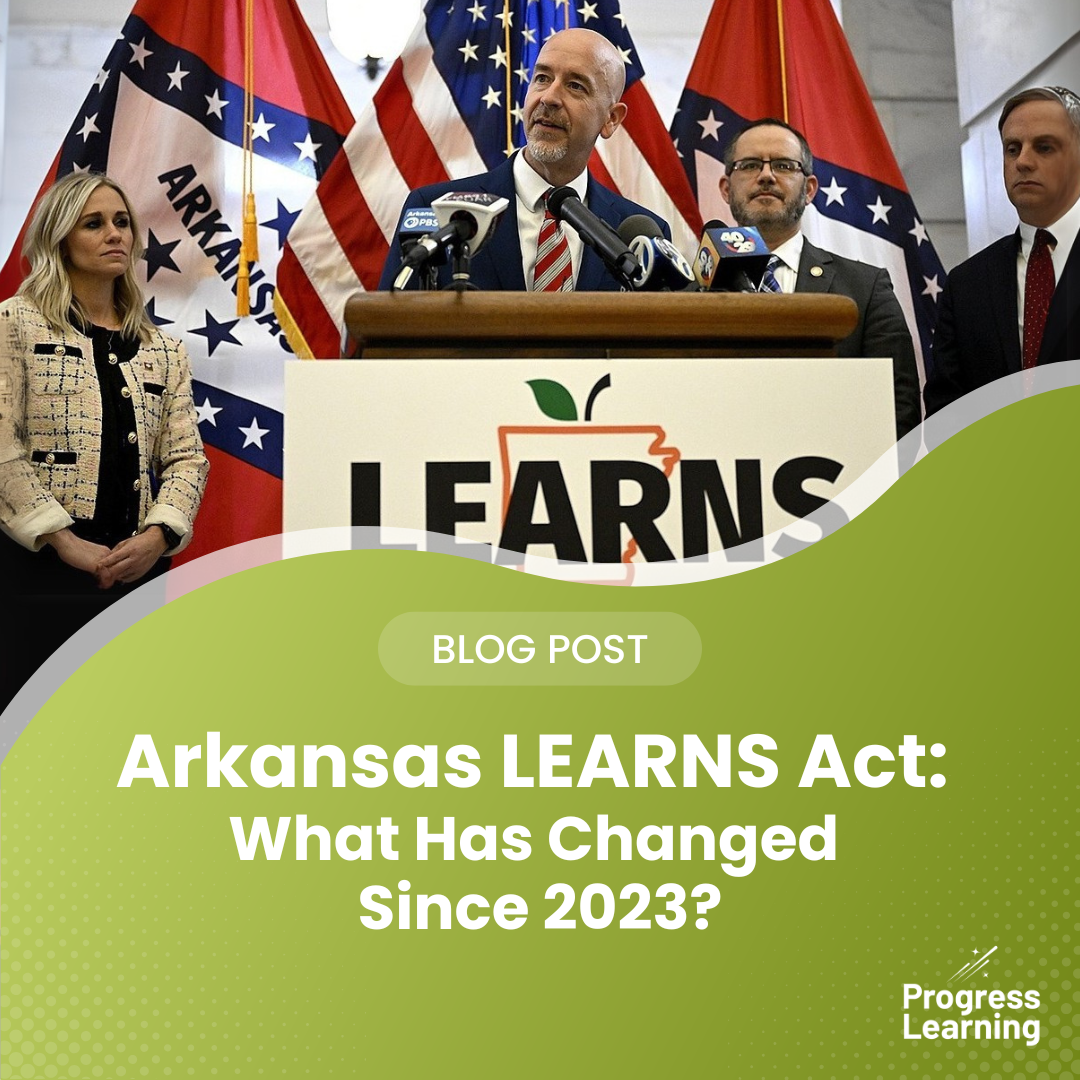Navigating Uncertainty in K–12 Schools: What Educators Need Right Now
For years, schools have heard the mantra: “Do more with less.” But in 2025, that phrase hits differently.
With ESSER funds winding down, inflation driving up operational costs, and a nationwide educator shortage continuing to impact classrooms, school and district leaders are being asked to meet growing expectations with fewer resources than ever. Meanwhile, state requirements around early literacy, math instruction, and student outcomes remain in full force—and in some states, are becoming more rigorous. Add in the recent executive order proposing to dismantle the U.S. Department of Education and redirect authority to the states, and the moment feels unprecedented.
Still, the mission hasn’t changed: help every student grow. The challenge is how.
For District and Campus Leaders: Build Resilient Systems
Streamline Redundant Tools
Many districts are re-evaluating their tech stack to consolidate overlapping platforms. Tools that combine assessment, progress monitoring, remediation, and standards alignment in one system are helping reduce both financial and administrative overhead. This doesn’t mean sacrificing functionality—it means being strategic with tools that can do more, more efficiently.
Make the Most of Your State’s Vision
Regardless of federal dynamics, state departments of education remain the primary drivers of curriculum, standards, and funding decisions. Leaders are staying laser-focused on state-led initiatives—particularly around the Science of Reading and foundational math instruction—and choosing resources that support those frameworks.
Leverage Local Partnerships and Shared Resources
Regional service centers, county offices, and cooperative education groups are offering more shared professional development, licensing pools, and collaborative implementation support to stretch district dollars. Many administrators are turning to these networks to expand teacher training and curriculum support without increasing individual school costs.
Reimagine Staffing Roles
When hiring isn’t an option, redistributing expertise can make a big difference. Some districts are leveraging paraprofessionals for targeted intervention blocks, deploying instructional coaches across multiple campuses, or cross-training staff to handle tech integration and data analysis tasks. Flexibility in staffing models has been key in managing shortfalls.
For Teachers: Maintain Impact Without Overextending
Focus on What Moves the Needle
With time limited, many teachers are prioritizing core instructional minutes for high-impact practices: small-group instruction, direct vocabulary development, and scaffolded practice for critical skills. Daily or weekly formative assessments help pinpoint what needs reinforcement—saving valuable teaching time.
Use Real-Time Data to Adjust Quickly
Teachers are leaning into platforms that provide immediate feedback on student performance at the standard or skill level. In one middle school in Florida, educators routinely use real-time data to regroup students, reteach targeted content, and reassign practice—all within a single class period.
Encourage Student Ownership of Learning
Increased class sizes and reduced support staff mean students are being asked to do more independently. In response, many educators are incorporating gamified learning, self-paced study plans, and goal-setting tools to keep students motivated and accountable. When students take ownership of their learning, teachers spend less time on redirection and more on instruction.
Create Small Wins and Celebrate Progress
Even small gains matter—and many teachers are building student confidence by highlighting daily or weekly progress. Whether through classroom recognition, progress charts, or personalized feedback, celebrating growth keeps students engaged and encourages persistence.
Moving Forward with Confidence
It’s easy to feel overwhelmed by the uncertainty ahead. But while policy headlines may shift daily, the work happening in classrooms remains steady, focused, and powerful.
Sustainable success in this environment doesn’t come from overextending people—it comes from building systems that adapt. That includes tools that consolidate processes, data that drives instruction, flexible staffing models, and a community of support that shares the load.
At Progress Learning, we are proud to be one part of that broader solution set. Our platform offers standards-aligned instruction, adaptive intervention, real-time reporting, and a 200,000+ item bank for building assessments and study plans. But just as importantly, we encourage educators to use us alongside other strategies: strong professional learning, local networks, and evidence-based teaching practices.
When schools are asked to do more with less, the answer isn’t to work harder—it’s to work smarter, together.
To get these updates sent to your inbox, subscribe to our blogs and webinars below


